-
 Bitcoin
Bitcoin $77,582.7508
-2.72% -
 Ethereum
Ethereum $1,484.8733
-4.90% -
 Tether USDt
Tether USDt $0.9991
-0.06% -
 XRP
XRP $1.8190
-6.84% -
 BNB
BNB $558.9330
-0.67% -
 USDC
USDC $0.9998
-0.06% -
 Solana
Solana $105.8173
-3.99% -
 Dogecoin
Dogecoin $0.1474
-4.02% -
 TRON
TRON $0.2294
-2.85% -
 Cardano
Cardano $0.5677
-7.00% -
 UNUS SED LEO
UNUS SED LEO $9.1640
1.91% -
 Toncoin
Toncoin $3.0205
-3.48% -
 Chainlink
Chainlink $11.3410
-3.03% -
 Avalanche
Avalanche $16.3752
-6.49% -
 Stellar
Stellar $0.2205
-7.38% -
 Shiba Inu
Shiba Inu $0.0...01104
-2.53% -
 Hedera
Hedera $0.1502
-8.41% -
 Sui
Sui $1.9322
-6.31% -
 MANTRA
MANTRA $6.1619
-1.24% -
 Bitcoin Cash
Bitcoin Cash $273.1447
-3.59% -
 Litecoin
Litecoin $71.3781
-2.06% -
 Dai
Dai $0.9999
-0.04% -
 Polkadot
Polkadot $3.4140
-6.57% -
 Ethena USDe
Ethena USDe $0.9986
-0.07% -
 Bitget Token
Bitget Token $4.0704
-2.58% -
 Hyperliquid
Hyperliquid $12.2616
1.62% -
 Pi
Pi $0.5705
-2.24% -
 Monero
Monero $196.1775
-4.56% -
 OKB
OKB $51.6798
-1.63% -
 Uniswap
Uniswap $4.8529
-6.54%
LBank contract transaction steps
By following the comprehensive steps outlined in this guide, LBank users can efficiently navigate the contract trading process, from opening an account to monitoring open orders, closing positions, and withdrawing funds.
Nov 25, 2024 at 08:04 am
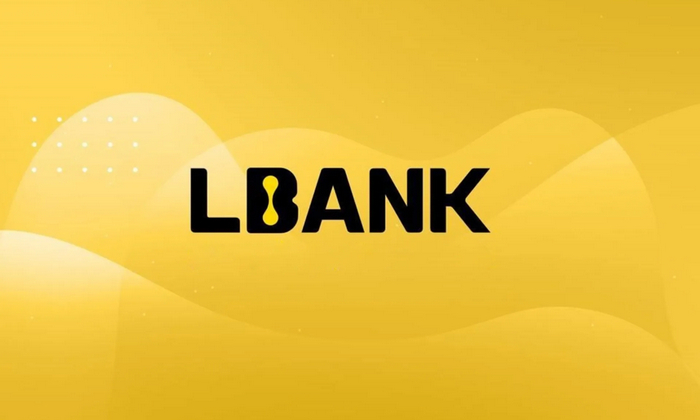
LBank Contract Transaction Steps: A Comprehensive Guide
Introduction
LBank is a centralized cryptocurrency exchange that enables users to trade various digital assets, including cryptocurrencies, spot trading, and futures contracts. Contract trading, in particular, involves using derivative contracts that allow traders to speculate on the future price of an underlying asset. This guide provides a detailed walkthrough of the contract transaction steps on LBank, ensuring a smooth and seamless experience for traders.
Step 1: Open an Account on LBank
- Visit the LBank website (https://www.lbank.info/) and select "Sign Up" at the top right corner.
- Follow the prompts to create an account, providing your email address, password, and other necessary personal information.
- Complete the identity verification process by submitting valid identification documents, such as a passport or government-issued ID card.
Step 2: Fund Your LBank Account
- Log in to your LBank account.
- Click on "Assets" and select "Fiat Currency" or "Cryptocurrency."
- Choose the desired funding method, such as bank transfer, credit card, or crypto deposit.
- Provide the necessary information and follow the instructions to complete the deposit process.
Step 3: Navigate to the Contract Trading Interface
- After funding your account, hover over "Trade" on the main menu and select "Contracts."
- Choose the specific contract you wish to trade from the list of available pairs.
- Familiarize yourself with the contract details, such as the underlying asset, contract price, and expiration date.
Step 4: Place an Order
- To place an order, select either the "Buy" or "Sell" button on the order form.
Input the desired order parameters:
- Order Type: Limit, market, or stop limit orders
- Quantity: The number of contracts you want to trade
- Leverage: The level of leverage you wish to use (e.g., 1x, 5x, 10x)
- Price: The price at which you want the order to be executed
- Review the order details and click the "Place Order" button to submit.
Step 5: Monitor and Manage Open Orders
- Your open orders will be displayed in the "Open Orders" section of the contract trading interface.
- Monitor the status of your orders, including the order price, execution amount, and remaining quantity.
- Make necessary adjustments to your orders, such as canceling, modifying the quantity, or closing a position early.
Step 6: Close a Position
- To close a position, navigate to the "Open Orders" section and select the position you want to close.
- Click on the "Close" button and input the desired order parameters, similar to when placing an initial order.
- Confirm the closing of your position.
Step 7: Withdraw Funds
- Once you have closed all open positions and realized profits, you can withdraw your funds from LBank.
- Click on "Assets" and select "Withdraw Funds."
- Choose the desired withdrawal method (fiat or crypto), enter the withdrawal address, and follow the prompts to complete the process.
Additional Considerations:
- Contract trading involves potential financial risks. Ensure that you have a clear understanding of the risks associated with contract trading before participating.
- Leverage can amplify potential profits but also magnify losses. Use leverage cautiously and only to a level that is appropriate for your trading strategy and risk tolerance.
- LBank offers various educational resources, tutorials, and customer support to assist traders. Utilize these resources to enhance your trading knowledge and experience.
Disclaimer:info@kdj.com
The information provided is not trading advice. kdj.com does not assume any responsibility for any investments made based on the information provided in this article. Cryptocurrencies are highly volatile and it is highly recommended that you invest with caution after thorough research!
If you believe that the content used on this website infringes your copyright, please contact us immediately (info@kdj.com) and we will delete it promptly.
- Hedera (HBAR) Price Forms Bullish Falling Wedge, Targeting $0.30 Breakout
- 2025-04-09 21:10:13
- HBAR Mess Has Set the Stage for Something Explosive
- 2025-04-09 21:10:13
- The Best Meme Coin to Buy Now Might Not Be One You Recognize
- 2025-04-09 21:05:12
- Royal Canadian Mint Issues $1 Circulation Coin Commemorating the 150th Anniversary of the Supreme Court of Canada
- 2025-04-09 21:05:12
- Could bitcoin withstand the flames spewed by Donald Trump
- 2025-04-09 21:00:12
- Mastercard and Ripple (XRP) Rumored Partnership Doesn't Go as Deep as Many Think
- 2025-04-09 21:00:12
Related knowledge

Why does a perpetual contract have no expiration date?
Apr 09,2025 at 08:43pm
Perpetual contracts, also known as perpetual futures or perpetual swaps, are a type of derivative product that has gained significant popularity in the cryptocurrency market. Unlike traditional futures contracts, which have a fixed expiration date, perpetual contracts do not expire. This unique feature raises the question: why does a perpetual contract ...
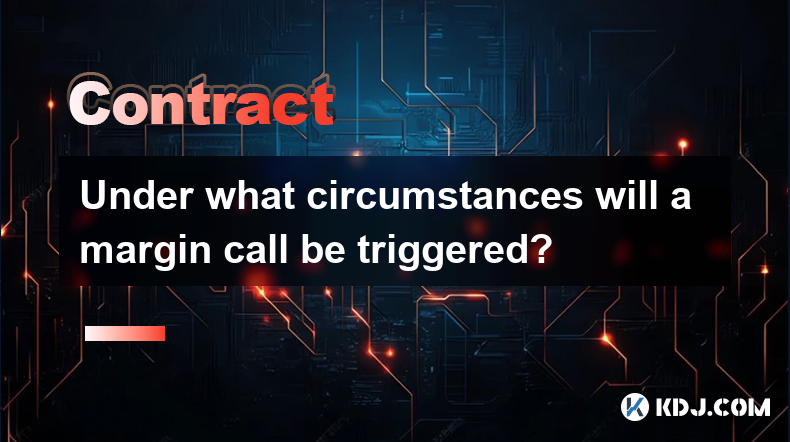
Under what circumstances will a margin call be triggered?
Apr 08,2025 at 02:43pm
Margin trading in the cryptocurrency market allows traders to borrow funds to increase their trading position, potentially amplifying both gains and losses. A critical aspect of margin trading is understanding when a margin call might be triggered, as it can significantly impact your trading strategy and financial health. In this article, we will explor...
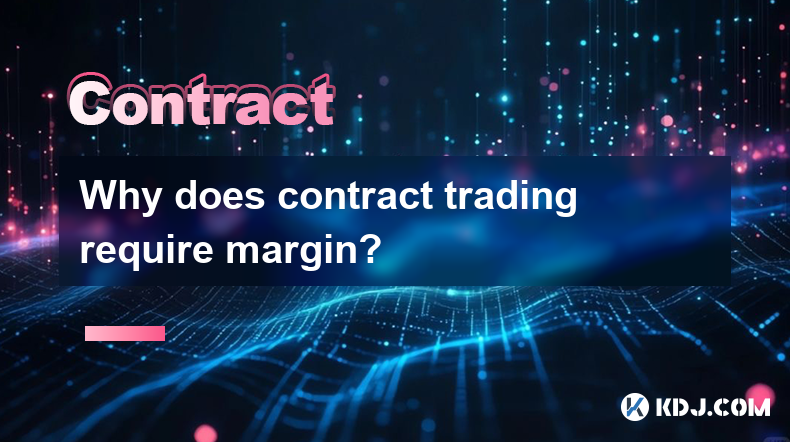
Why does contract trading require margin?
Apr 08,2025 at 02:07pm
Introduction to Contract TradingContract trading in the cryptocurrency market refers to the practice of trading futures or options contracts. These contracts allow traders to speculate on the future price of a cryptocurrency without actually owning the underlying asset. One of the key components of contract trading is the use of margin. Margin is essent...
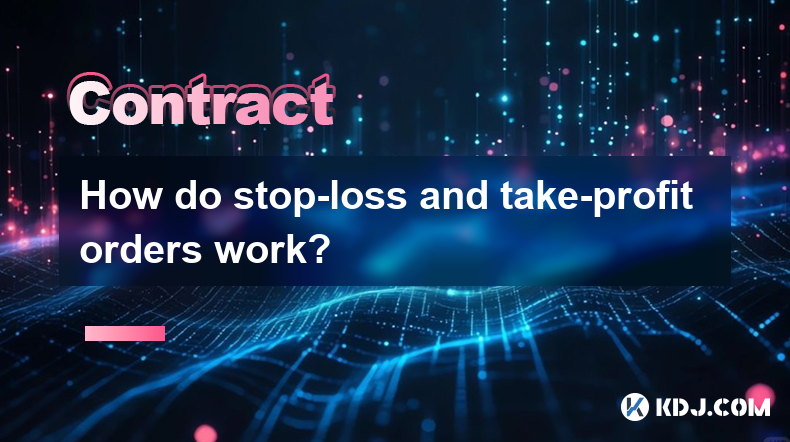
How do stop-loss and take-profit orders work?
Apr 08,2025 at 03:43pm
How do Stop-Loss and Take-Profit Orders Work? In the volatile world of cryptocurrencies, managing risk is crucial for traders. Two essential tools that help in this regard are stop-loss and take-profit orders. These orders are designed to automatically execute trades when certain price levels are reached, helping traders to limit losses and secure profi...
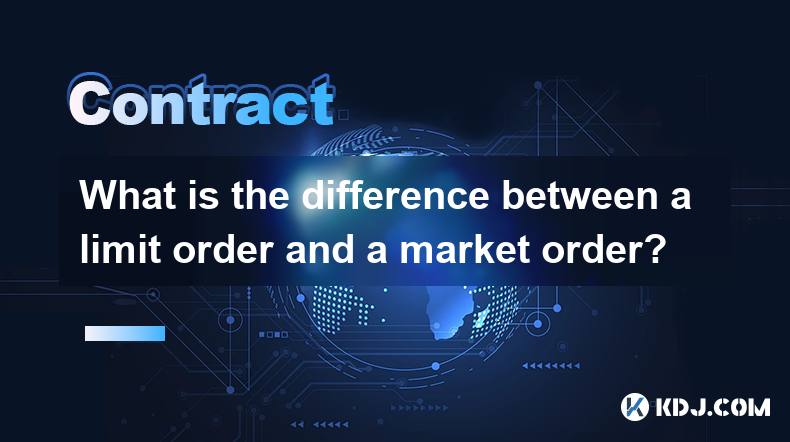
What is the difference between a limit order and a market order?
Apr 08,2025 at 05:14pm
When trading cryptocurrencies, understanding the different types of orders you can place is crucial for effective trading. Two of the most common types of orders are limit orders and market orders. Each serves a different purpose and comes with its own set of advantages and disadvantages. In this article, we will delve into the specifics of both types o...
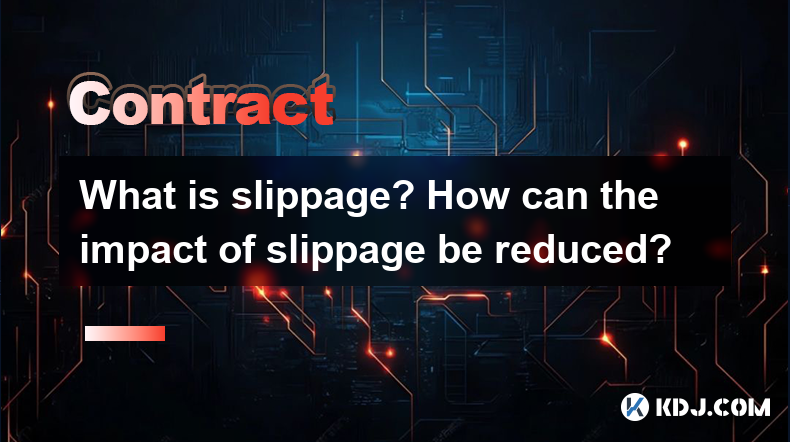
What is slippage? How can the impact of slippage be reduced?
Apr 09,2025 at 04:21am
Slippage in the context of cryptocurrency trading refers to the difference between the expected price of a trade and the price at which the trade is actually executed. This phenomenon occurs due to the volatility and liquidity of the market, and it can significantly impact the profitability of trades. Understanding slippage and learning how to mitigate ...

Why does a perpetual contract have no expiration date?
Apr 09,2025 at 08:43pm
Perpetual contracts, also known as perpetual futures or perpetual swaps, are a type of derivative product that has gained significant popularity in the cryptocurrency market. Unlike traditional futures contracts, which have a fixed expiration date, perpetual contracts do not expire. This unique feature raises the question: why does a perpetual contract ...

Under what circumstances will a margin call be triggered?
Apr 08,2025 at 02:43pm
Margin trading in the cryptocurrency market allows traders to borrow funds to increase their trading position, potentially amplifying both gains and losses. A critical aspect of margin trading is understanding when a margin call might be triggered, as it can significantly impact your trading strategy and financial health. In this article, we will explor...

Why does contract trading require margin?
Apr 08,2025 at 02:07pm
Introduction to Contract TradingContract trading in the cryptocurrency market refers to the practice of trading futures or options contracts. These contracts allow traders to speculate on the future price of a cryptocurrency without actually owning the underlying asset. One of the key components of contract trading is the use of margin. Margin is essent...

How do stop-loss and take-profit orders work?
Apr 08,2025 at 03:43pm
How do Stop-Loss and Take-Profit Orders Work? In the volatile world of cryptocurrencies, managing risk is crucial for traders. Two essential tools that help in this regard are stop-loss and take-profit orders. These orders are designed to automatically execute trades when certain price levels are reached, helping traders to limit losses and secure profi...

What is the difference between a limit order and a market order?
Apr 08,2025 at 05:14pm
When trading cryptocurrencies, understanding the different types of orders you can place is crucial for effective trading. Two of the most common types of orders are limit orders and market orders. Each serves a different purpose and comes with its own set of advantages and disadvantages. In this article, we will delve into the specifics of both types o...

What is slippage? How can the impact of slippage be reduced?
Apr 09,2025 at 04:21am
Slippage in the context of cryptocurrency trading refers to the difference between the expected price of a trade and the price at which the trade is actually executed. This phenomenon occurs due to the volatility and liquidity of the market, and it can significantly impact the profitability of trades. Understanding slippage and learning how to mitigate ...
See all articles























































































